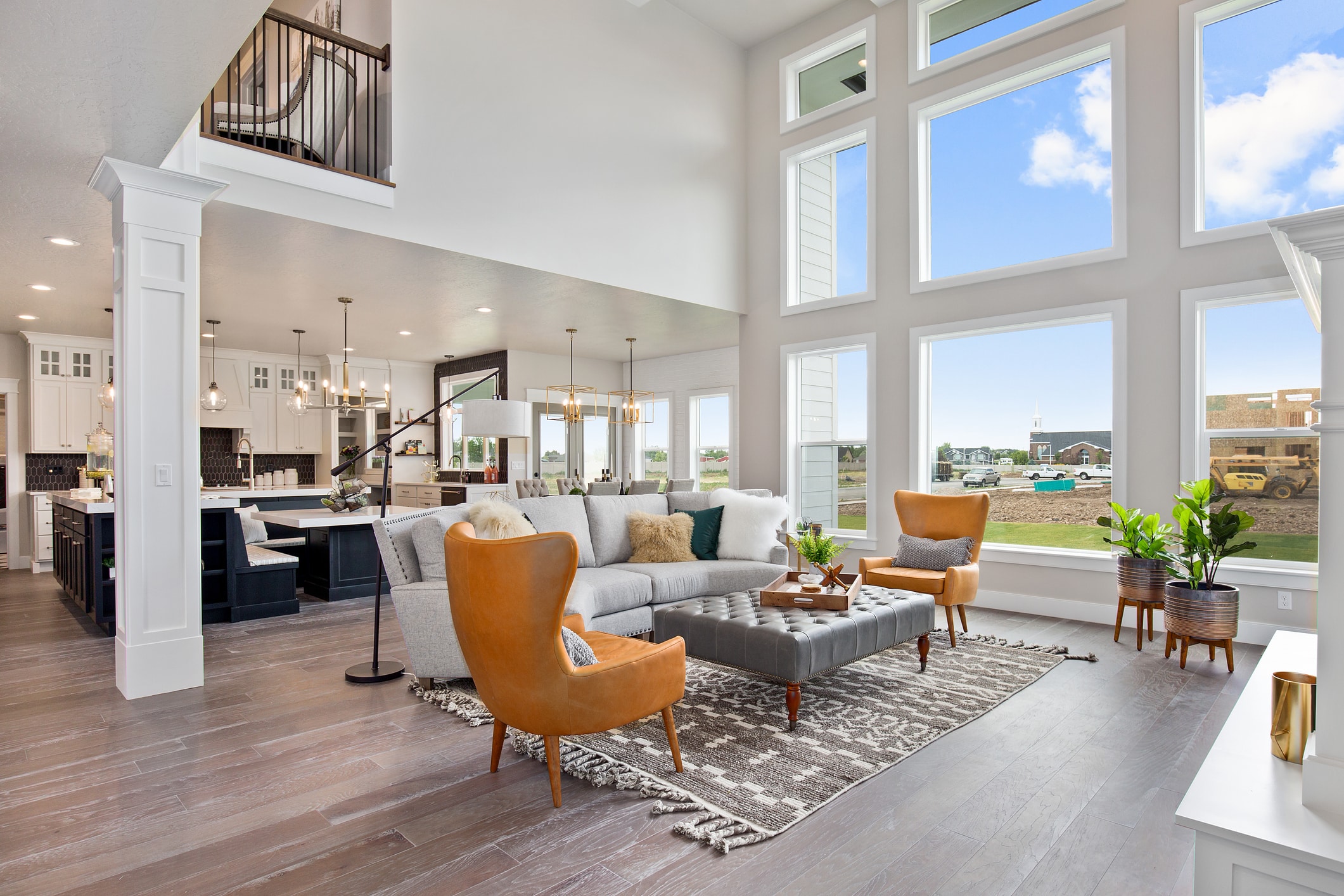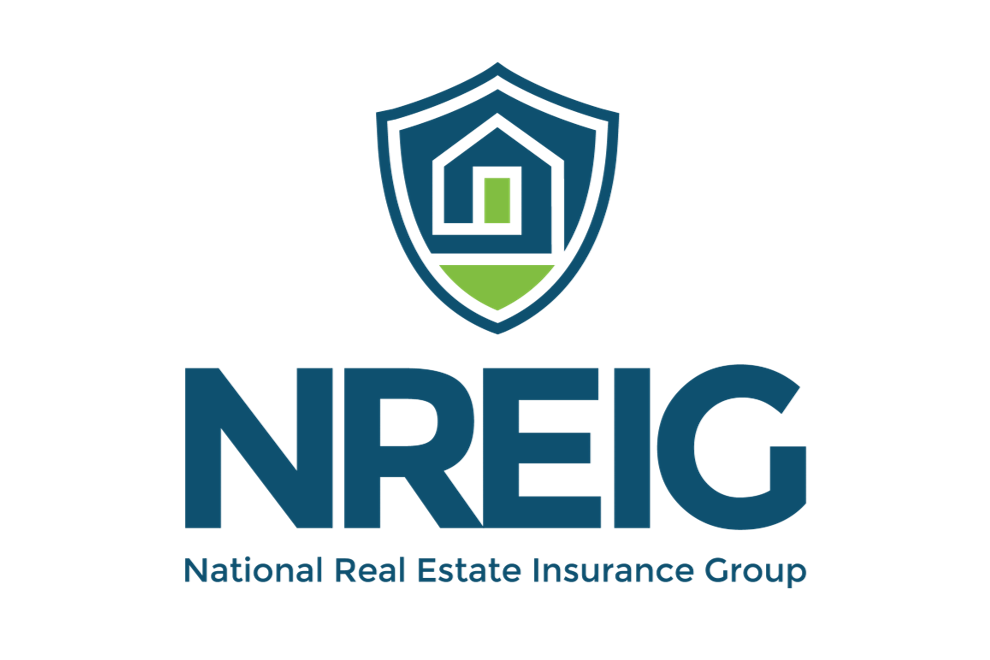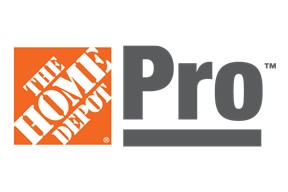In today’s competitive real estate market, the difference between a home that sits on the market for months and one that sells quickly often comes down to presentation. Home staging—the art of preparing a residence for sale by making it appealing to the broadest range of potential buyers—has evolved from a luxury service to a necessity. When done effectively, staging can dramatically reduce time on market while potentially increasing the final sale price. The investment in staging typically returns dividends far exceeding the initial cost, making it one of the smartest pre-listing decisions a homeowner can make.
The Psychology Behind Successful Home Staging
Home buying is as much an emotional decision as it is a financial one. When buyers walk through a property, they’re not just assessing square footage and counting bathrooms—they’re imagining their future lives unfolding within those walls. Effective staging taps into this psychological reality by creating environments that feel simultaneously aspirational yet attainable.
A well-staged home removes distractions that might prevent buyers from emotionally connecting with the space. Personal photographs, eccentric art pieces, and unusual color schemes can all create mental barriers for potential buyers trying to envision themselves in your home. By neutralizing these elements while still maintaining character, stagers create a blank canvas that invites buyers to project their own futures onto the space.
Research consistently shows that staged homes sell faster—sometimes up to 73% quicker than their upstaged counterparts. This accelerated timeline translates to reduced carrying costs like mortgage payments, property taxes, and utilities that continue accruing while your home sits on the market.
Where to Focus Your Staging Efforts
While professional stagers can transform an entire house, homeowners working with limited budgets should prioritize certain areas for maximum impact.
The entryway deserves special attention as it creates crucial first impressions. A welcoming front entrance with simple, tasteful decor sets a positive tone for the entire showing. Consider adding a stylish doormat, potted plants framing the entrance, and ensuring the hardware gleams.
Living rooms and kitchens typically influence buying decisions most heavily. In the living room, arrange furniture to create conversation areas while maximizing the perception of space. In the kitchen, clear countertops of all but a few carefully chosen decorative items. A fruit bowl or elegant cookbook display can add warmth without clutter.
The primary bedroom serves as another critical space. Luxury hotels provide excellent inspiration here—crisp, high-quality bedding, symmetrical nightstands with matching lamps, and minimal personal items create a sanctuary-like atmosphere that resonates with buyers.
For example, you can position a beautiful cherry desk from Naturwood near a window in the spare bedroom, instantly transforming an awkward space into an appealing home office nook. This simple addition helped potential buyers envision a functional work-from-home setup, addressing a priority for many of today’s buyers.
The Art of Depersonalization
Perhaps the most challenging aspect of staging for many homeowners is depersonalization. While your collection of vintage concert posters or elaborate holiday village may bring you joy, these personal touches make it difficult for buyers to see themselves living in the space.
Effective staging strikes a delicate balance between creating a home that feels lived-in and warm while minimizing evidence of the current owners’ specific tastes and lifestyle. Professional stagers recommend removing:
Family photographs and personal mementos Refrigerator art and magnets Bathroom products (beyond tasteful hand soap and fresh towels) Religious or political items Hobby equipment and collections
These items can be packed early and stored, giving you a head start on your eventual move while making your home more appealing to buyers.
Light, Space, and Flow
Nothing diminishes a home’s appeal faster than darkness or perceived spatial constraints. Maximizing light and emphasizing spaciousness should be central to your staging strategy.
Start by cleaning windows inside and out, removing heavy drapes, and trimming outdoor foliage that blocks natural light. Replace dim bulbs with higher-wattage options and add supplemental lighting to dark corners. Table lamps and floor lamps not only brighten rooms but also create inviting pools of light that guide visitors through the space.
Creating a sense of flow between rooms helps buyers understand how they might move through and use the home. Remove furniture pieces that interrupt natural pathways or make rooms feel cramped. The goal is to allow prospective buyers to move effortlessly through each space, appreciating the home’s layout without obstacles.
The Power of Neutral Refreshing
While completely repainting your home before selling might seem excessive, fresh paint in neutral tones can yield significant returns. Neutral doesn’t necessarily mean boring beige—soft grays, warm taupes, and muted blues can create sophisticated backdrops that appeal to contemporary tastes while allowing architectural features to shine.
Similarly, kitchen and bathroom updates need not be extensive to make an impact. Replacing dated cabinet hardware, reglazing a worn tub, or installing modern light fixtures can modernize these critical spaces without major renovations.
Curb Appeal: Setting the Stage Before They Step Inside
The staging process begins well before buyers cross the threshold. Exterior appearance creates expectations that color the entire showing experience. Even modest investments in curb appeal can significantly impact buyer interest and perceived value.
Simple improvements like power washing siding and walkways, adding fresh mulch to garden beds, or painting the front door can dramatically enhance first impressions. Seasonal touches—like potted flowers in spring or a tasteful wreath in winter—signal attentive ownership and create an emotional connection from the moment buyers arrive.
Virtual Staging Considerations
In today’s digital-first shopping environment, online listings often form buyers’ initial impressions. Professional photography is non-negotiable, but virtual staging has also become increasingly important. Ensure your listing photos showcase rooms from flattering angles, with optimal lighting and staging elements clearly visible.
Some sellers are now employing virtual staging services, which digitally insert furniture and decor into photos of empty rooms. While this can be cost-effective for vacant properties, transparency is essential—always disclose when photos have been virtually enhanced and provide images of both staged and unstaged spaces.
The Professional Advantage
While DIY staging can yield positive results, professional stagers bring objective expertise and designer-quality inventory that’s difficult to replicate. They understand current market preferences and buyer psychology, often accessing furnishings and accessories specifically chosen to appeal to your target demographic.
For many sellers, a middle-ground approach proves most practical: hire a professional for an initial consultation and key pieces, then implement their recommendations yourself for the remaining spaces. This hybrid method combines professional insight with budget consciousness.
In today’s competitive market, effective staging isn’t merely about decorating—it’s strategic marketing that positions your property to command premium interest. By thoughtfully preparing your home with buyers’ perspectives in mind, you create an environment that not only photographs beautifully and shows impressively but ultimately sells more quickly and profitably than its unstaged counterparts. The transformation goes beyond aesthetic improvements to fundamentally changing how buyers perceive and value your property, ultimately accelerating your journey to a successful sale.























0 Comments